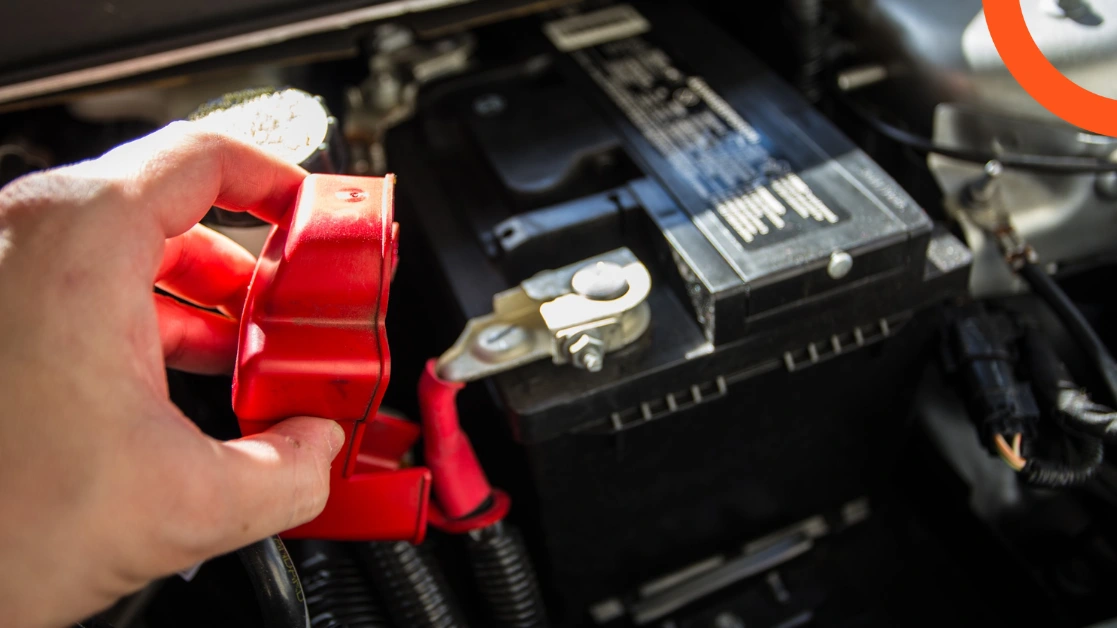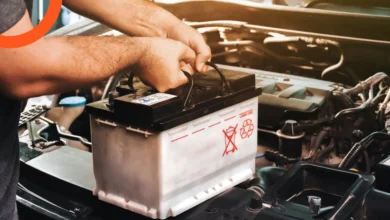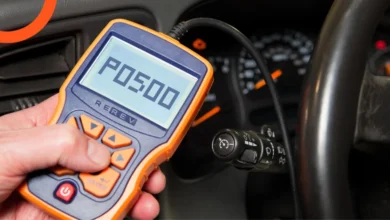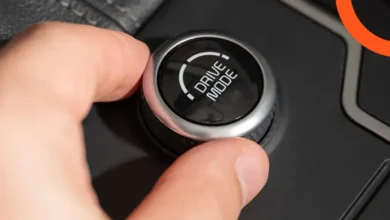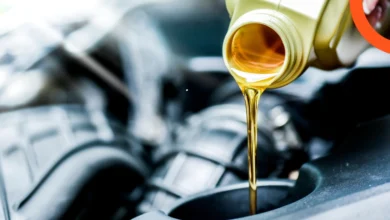Why Won’t Car Start with a New Battery? Here’s the solution!
Some car owners may be surprised by their vehicle’s failure to start, despite having just installed a new battery. This situation is a common technical issue that does not necessarily indicate a problem with the battery itself but may signal other malfunctions in the car’s electrical or mechanical system. Therefore, this article aims to highlight the main reasons that may lead to engine failure to start despite the battery being functional, along with providing a set of solutions and technical guidance to effectively handle this situation.
Reasons for Car Failure to Start with a New Battery
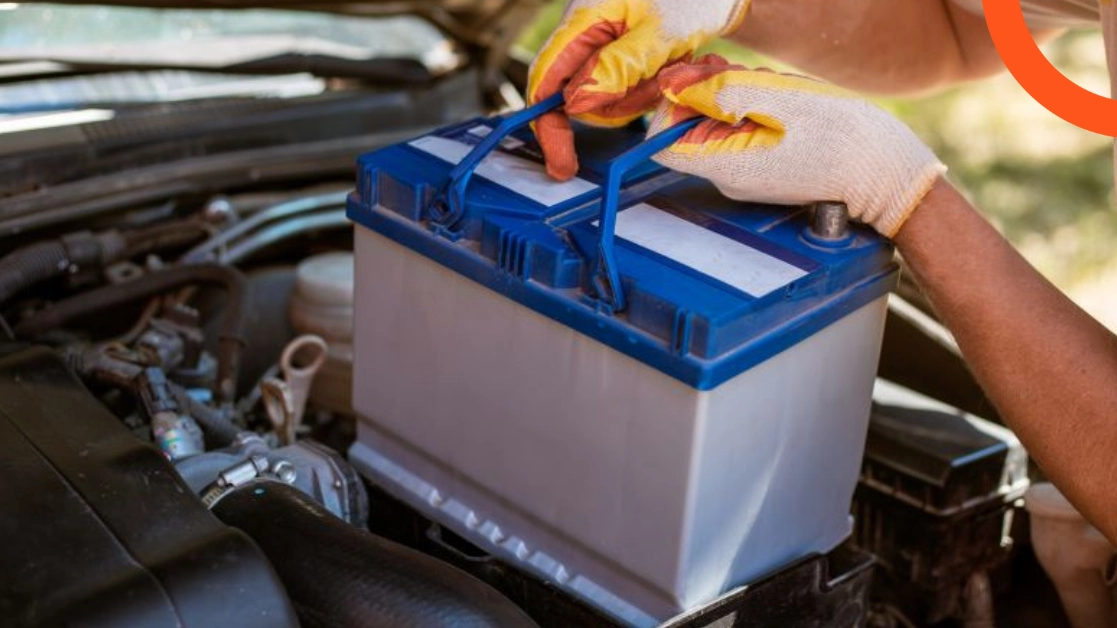
There are several technical and mechanical reasons that may lead to a car’s failure to start, which are related to the battery, such as errors in battery installation or malfunctions in the starting system like the starter and alternator. Below are the main reasons that should be checked when facing this problem:
Battery Depletion
Even if the battery is new, it may lose its charge entirely if the interior or exterior lights are left on for an extended period while parked. In this case, it won’t have enough power to crank the engine, and the solution is to recharge the battery using jumper cables from another vehicle and then allow the alternator to recharge it.
Solution
If the battery is drained due to leaving the lights on, first make sure to turn off all electrical devices inside the car, then use jumper cables to connect the battery to another running vehicle. Once the engine starts, leave it running for a few minutes to allow the alternator to recharge the battery, and afterward, measure the voltage to ensure the battery has regained its operational strength.
Incompatible Battery
Choosing a battery that does not meet your car’s specifications in terms of capacity or voltage may lead to poor performance or complete failure to start. Always ensure to refer to the car manual or dealer to know the appropriate type.
Solution
Ensure that the installed battery is completely compatible with the car’s technical specifications (voltage, capacity, dimensions). Refer to the owner’s manual or consult an authorized dealer to choose the correct battery, and if the current battery does not match, it should be replaced immediately with an approved battery that fits the car’s electrical system to avoid future starting issues.
Incorrect Battery Installation
Incorrectly connecting the terminals or loose clamps can prevent power from reaching the engine. Worse, connecting the terminals in reverse could damage sensitive electronic components such as fuses and the car’s computer.
Solution
Check the battery terminal connections thoroughly and ensure that the positive (+) terminal is connected in the right place, as well as the negative (-). If there are any loose or reversed connections, reattach them securely using appropriate tools. It is recommended to temporarily disconnect and check the fuses if the car was started while having a reversed terminal connection to ensure there’s no electronic damage.
Faulty Starter
The starter is responsible for cranking the engine, and if the starter is faulty, the engine will not start even if the battery is in excellent condition. The starter is powered by the battery, and if it does not respond, it is the cause of the malfunction.
Solution
A direct test of the starter should be performed using a specialized testing device or by an automotive electrical technician. If the malfunction is confirmed, the starter should be replaced with a new or refurbished one of reliable quality. Also, ensure that a sufficient voltage reaches the starter from the battery and check its relay before proceeding with the replacement.
Damaged or Corroded Battery Wires
Damaged wires or corroded clamps hinder the flow of electricity from the battery to the engine. Corrosion can be cleaned with a wire brush and hot water, while damaged wires must be replaced immediately.
Solution
Inspect the clamps and wires connected to the battery, and if corrosion or rust is found, clean it using a wire brush and warm water mixed with baking soda. If the wires are cut or have a weak connection, they should be replaced with new insulated wires suitable for carrying the current in your car.
Blown Fuse or Power Relay
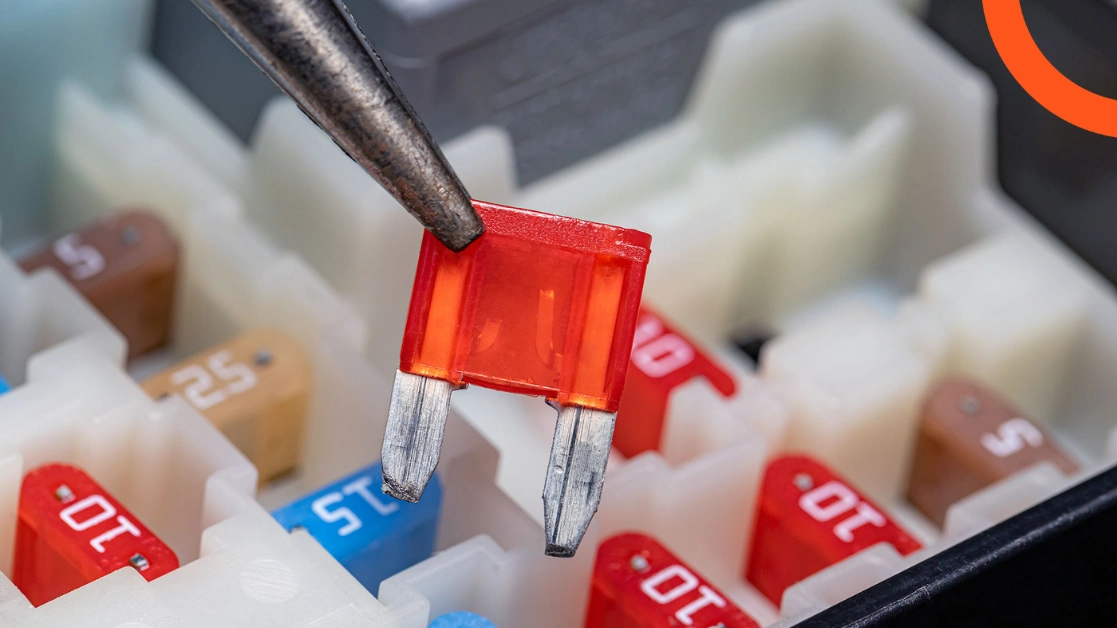
Fuses and relays are designed to protect the electrical system from damage. If they blow, electricity will not reach the engine. It is necessary to inspect these components and replace any that are damaged to prevent power interruptions.
Solution
Open the fuse box and check the main fuses, especially those related to the ignition system and the fuel pump. If you find a blown fuse, replace it with another of the same amperage. Also, check the relays and replace any faulty ones. It is preferable to refer to the fuse diagram in the car manual to accurately identify the elements linked to the starting system.
Faulty Alternator
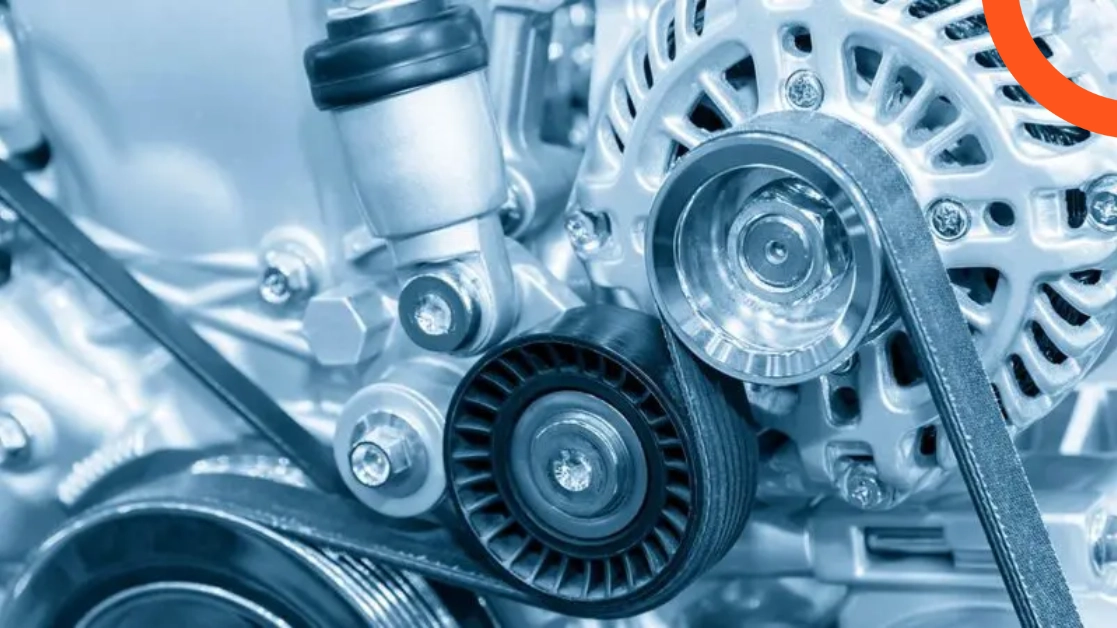
The alternator is responsible for recharging the battery while the car is running. If it is not functioning properly, the battery will gradually deplete, even if it is new, and it will also affect the performance of the car’s electrical systems.
Solution
Test the alternator using a voltage testing device while the engine is running. If the reading is not between 13.5 and 14.5 volts, this indicates that the alternator is not adequately charging the battery. In this case, the alternator should be replaced or repaired by a specialized technician, and it is advisable to check the alternator belt to ensure it is not loose or broken.
Fuel and Ignition System Issues
Any malfunction in the fuel pump, fuel filter, spark plugs, or injectors prevents the fuel from burning properly, thus causing the engine to fail to operate even with a completely new battery.
Solution
Start by checking the fuel pump and fuel filter and replace any that are damaged. Also, check the spark plugs, coils, and injectors, and clean or replace as necessary. You may need to check the fuel pressure using specialized equipment to ensure the fuel quantity is sufficient to start the engine. It is preferable to conduct a thorough inspection at an authorized service center as these systems are interconnected.
Engine Problems
In some cases, the malfunction may be due to an internal issue with the engine itself, such as damage to one of the components responsible for starting. Here, the problem is purely mechanical and requires a comprehensive inspection by a specialist.
Solution
If none of the previous steps succeed, the failure may be due to an internal issue with the engine itself. In this case, it is essential to take the car to a specialized maintenance center for a comprehensive inspection using diagnostic devices, during which the pressure inside the cylinders, timing of the camshaft, and other components affecting the starting process can be checked.
Tips for Maintaining a New Car Battery
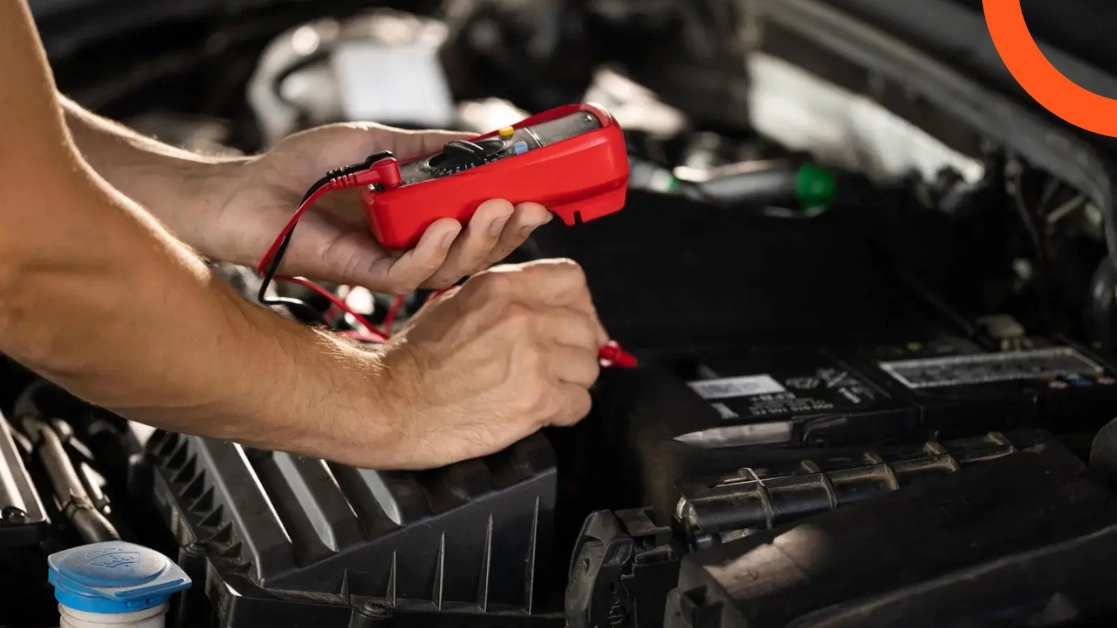
The new car battery may initially seem trouble-free, but it does not guarantee stable performance unless handled carefully and with full awareness. Neglecting driving habits or ignoring some daily behaviors may lead to significantly shortening the battery’s lifespan. Here are the most important tips to follow to maintain battery efficiency for as long as possible:
Avoid Frequent Short Trips
Running the car for short distances does not allow the alternator to fully charge the battery, leading to its energy depletion over time. Try to use the car for longer distances weekly so that the battery receives a complete charge to enhance its lifespan.
Make Sure to Turn Off All Devices When Stopping the Engine
Leaving the lights, sound system, or air conditioning running after stopping the engine drains battery power unnecessarily. Always ensure to turn off all electrical systems before shutting off the car.
Clean Battery Terminals Regularly
The buildup of rust or dirt on the terminals can reduce charging efficiency or completely prevent connection. It is advisable to clean the terminals using a wire brush or a mixture of baking soda and water to maintain optimal connectivity.
Ensure the Battery is Secured Tightly
An unsecured battery may be subjected to vibration or impact while driving, potentially causing internal damage or leakage. Therefore, ensure that the battery is securely fastened in place using the base and the designated clamp.
Monitor Battery Charge Level
Use a voltage tester to monitor the battery’s condition and ensure that the reading is no less than 12.6 volts when not running. A constant voltage drop may indicate a charging issue or electrical drain.
Avoid Prolonged Exposure to Extreme Heat or Cold
High or low temperatures directly impact the battery’s efficiency, so always try to park the vehicle in shaded areas or inside a garage to avoid thermal stress on the battery.
Regularly Inspect the Electrical System
Ensure that the alternator is functioning efficiently and charging the battery properly. Any issue in the electrical system may lead to undercharging or overcharging, both of which harm the battery.
Do Not Leave the Car Unstarted for Long Periods
If the car is left for a long time without starting, disconnect the battery to prevent drain, or use a smart charger to maintain battery voltage. It is also recommended to start the car at least once every two weeks to ensure the battery remains active.
Frequently Asked Questions
How do I know if the problem is with the battery or the starter?
Many drivers may face the issue of the engine not starting, so it is important to accurately identify the source of the problem. Here are some ways to check whether the issue is related to the battery or the starter (motor):
- Check the Lights: You can start by checking the interior and exterior lights. If they work normally, the problem is likely not with the battery.
- Try to Start the Car: When attempting to start the car, if you hear a clicking sound, the starter may be the reason the engine won’t start.
- Use a Voltage Meter: Measure the battery voltage using a dedicated device. If the reading is below 12.4 volts, the battery may need charging.
- Replace the Starter: If it turns out the battery is fine, the starter may be the primary cause of the issue, so you should consider replacing it.
How do you differentiate between alternator and battery failure?
Distinguishing between alternator failure and battery issues is important for understanding the reasons behind the car not starting. A set of signs and signals helps in pinpointing the source of the problem:
Signs of Alternator Failure:
- The battery warning light appears while driving.
- The battery charge decreases frequently.
- Weak performance of electrical components while the engine is running, such as lighting or audio systems.
Signs of Battery Failure:
- Difficulty starting the car in the morning or after periods of non-use.
- Loss of electrical power when trying to start the engine, where you might hear a clicking sound.
- Measuring voltage with a voltmeter, if the reading is below 12.4 volts, this indicates the battery needs charging.
How to Check the Starter in the Car?
If the battery is fine, the problem may be related to the starter, and you can check it by following these steps:
- Disconnect the negative terminal of the car battery to avoid any electrical shock.
- Ensure that the starter and its components are not damaged due to poor maintenance or misuse.
- Have someone else try to start the engine; if you hear a clicking sound, the starter may be the cause.
In conclusion, the failure to start the car despite having a new battery does not necessarily mean that the battery is the issue; the problem could lie in other components such as the starter, alternator, or electrical connections. It is essential to conduct a thorough inspection to accurately determine the cause and rely on specialized technicians when needed. Additionally, following proper maintenance practices and ensuring correct usage helps prevent these malfunctions in the future.
